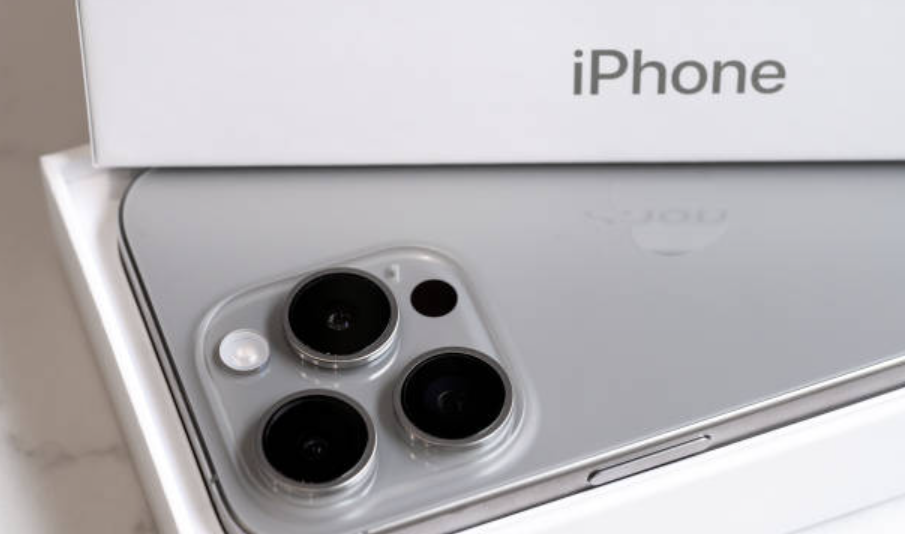The report suggests that the performance of the upcoming Apple iPhone 16 Pro and iPhone 16 Pro Max models, equipped with 1TB storage, could face challenges.
These models, exclusive to the Pro and Pro Max line, could see a switch in the type of storage used by Apple.
Currently utilizing Triple-Level Cell NAND, the tech giant is contemplating a shift to Quad-Level Cell NAND for these higher-capacity iPhones, a move that could offer increased storage density and cost-effectiveness.
The advantages of Quad-Level Cell NAND include higher storage density in a smaller space, potentially leading to a more affordable iPhone.
Nevertheless, a compromise exists, as Quad-Level Cell NAND typically exhibits read and write speeds that are slower in comparison to the Triple-Level Cell NAND. The inherent trade-off lies in the balance between increased storage density and the drawback of reduced speeds during data access and transfer operations.
Despite the potential cost savings, Apple may need to carefully optimize the storage to maintain performance and reliability, especially considering that Quad-Level Cell NAND can be less durable.
Influence on Apple’s Flagship iPhones

While the shift could mitigate potential price increases, it raises concerns about the overall performance of the priciest iPhones. Apple may need to address this by potentially enhancing other components, such as adding extra RAM, to ensure that the premium models maintain superior performance.
A noteworthy aspect of the report suggests the possibility of an iPhone featuring a groundbreaking 2TB of storage for the first time. This could be facilitated by the density advantages of Quad-Level Cell NAND, coupled with cost savings compared to Triple-Level Cell versions.
For iPhones with lower storage capacities (128GB, 256GB, and 512GB), it appears Apple may stick with the current Triple-Level Cell NAND.The longevity of Triple-Level Cell NAND remains uncertain, as Quad-Level Cell NAND is gaining traction, constituting approximately 20% of shipments.
Apple faces a strategic decision, weighing the benefits of cost savings and increased storage against potential performance challenges, with customer satisfaction at the forefront.
The choice between storage technologies will significantly impact the trajectory of Apple’s upcoming flagship iPhone models.


Comments are closed.